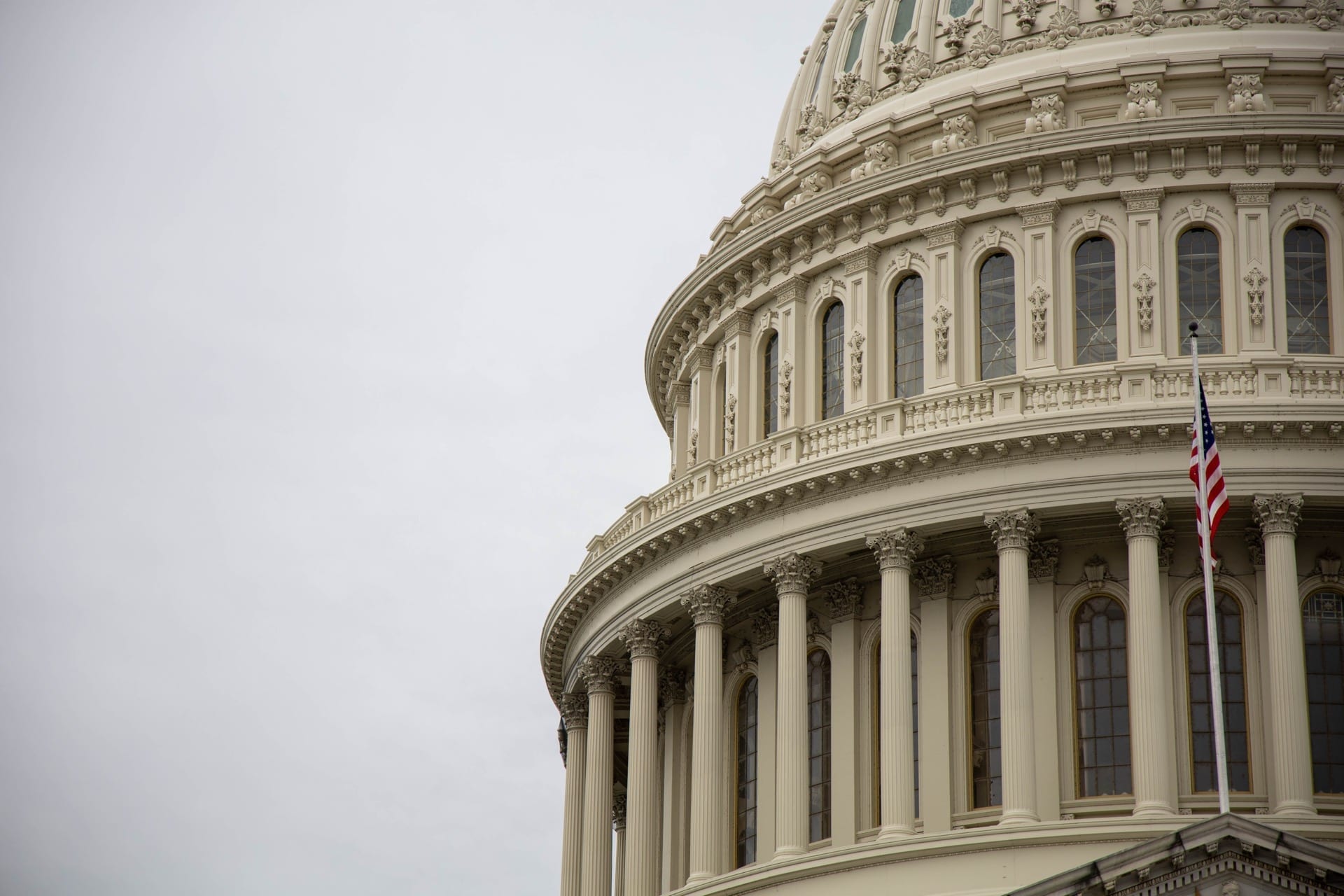We will poll this week – awaiting the unfolding storm on the East Coast – but we want to share why we think the national tracking averages likely underrepresent Obama’s vote. The main issue is cell phones and the changing America that most are under-representing. Our likely voter sample includes 30 percent reached on cell-phones from a cell-phone sample conducted in parallel with our random-digit phone sample. Some other surveys have moved to that level and methodology, but most have not. They are missing the new America, and we’re not sure we are keeping up either.[1]
In the real America, most Americans are now cell-phone only or cell-phone mostly users. With no one really sure what is the right proportion for the likely electorate, everyone has been cautious but that may be the riskier option.
Pay attention to this. In the last half of 2011, 32 percent of adults were cell-phone only according the Center for Disease Control that is the official source on these issues; 16 percent were cell phone mostly. But the proportion cell-phone only has jumped about 2.5 points every six months since 2008 – and is probably near 37 percent now. And pay attention to these numbers for the 2011 adult population:
- More than 40 percent of Hispanic adults are cell phone only (43 percent).
- A disproportionate 37 percent of African Americans are cell only.
- Not surprisingly, almost half of those 18 to 24 years are cell only (49 percent), but an astonishing 60 percent of those 25 to 29 years old only use cell phones.
- But it does not stop there: of those 30 to 34 years, 51 percent are cell only.[2]
You have to ask, what America are the current polls sampling if they are overwhelmingly dependent on conventional samples or automated calling with no cell phones? Democracy Corps reached 30 percent by cell; 35 percent were cell only or cell mostly, but only 15 percent are cell only, well short of where we should be.
Does it matter?
We combined the nearly 4,000 interviews from our most recent polls to look at the political consequences of these different samples – and to see how this race has evolved through the lens of cell phones and landlines. Boy does it matter.


We will mostly let the graphs speak for themselves. The cell-phone only and mostly users give Obama about a 10-point lead over Romney, while the big blocs of dual users largely break even. Those reached by cell phone supported Obama by 11 points but those reached on landlines only Obama a 1-point advantage. If you look at the election through cell phones, you see Obama gain an 11-point lead in the convention and post-convention period, but if you look at landline respondents, the race has been close and pretty stable.
Voters reached on cell phones are not only more likely to vote for Obama, they are attitudinally and culturally distinct. They are less conservative but not perhaps more libertarian – giving both the NRA and gay marriage very favorable ratings.
Of course, we know those reached on cell phones are much younger and speaking to them on cell phones is obviously a precondition for getting their vote preference right. But cell phones are also critical to representing the new diversity of the American electorate. Those reached on cell are 29 percent minority – close to the minority percentage in the 2008 electorate; those reached on landlines are only 21 percent minority – looking much closer to the demographics of some other national surveys.

Democracy Corps’ last national survey before the final debate was conducted over four days with weekend daytime calling – the kind of calling period you need when trying to have a full cell-sample. It showed Obama with a 3-point lead nationally and 2 points among the smaller most-likely electorate. We will soon see where the race stands.
[1] Democracy Corps national surveys include two samples– one generated via Random Digit Dialing, and another separate sample for cell phones. We used an RDD sample frame of cell phones and apportioned the cell frame via census regions according to the latest CDC National Health Survey Interview (NHIS) Wireless substitution to increase CPO interview likelihood and CPO representation. We used a dual-frame, full overlap methodology allowing any cell user type to screen into the survey regardless of which frame respondent was contacted in.30 percent (300) respondents in each Democracy Corps survey are reached on cell phones.
[2] Stephen J. Blumberg, Ph.D, and Julian V. Luke, “Wireless Substitution: Early Release of Estimates From the National Health Interview Survey, July–December 2011,” Center for Disease Control, May 2012. http://www.cdc.gov/nchs/data/nhis/earlyrelease/wireless201206.pdf


